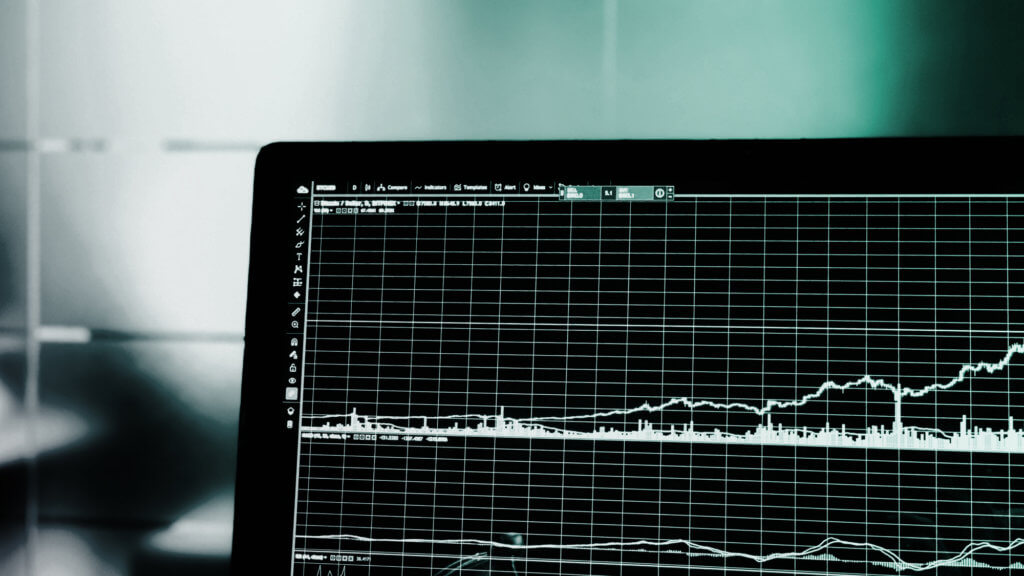IoT Integration is so much easier to implement than people tend to think – it isn’t rocket science, that’s for sure. It just takes time, consideration and planning to introduce an innovative and revolutionary energy management solution. That’s all there is to it…
Use this step-by-step checklist to understand the route to achieving the A grade in efficiency, with an energy management IoT solution.
Step 1 – Integrating IoT Sensors
If IoT was a car, then sensors are its wheels. Naturally, the first step to integrating an energy management system is to understand the role of sensors and how they record data. With this, the wheels begin to turn.
Assets such as:
- Refrigerators
- Ovens
- POS Systems
- Security Systems
These all transmit information on things like energy consumption or temperature. Sensors collect and transmit data to a central cloud, where digital twins are created. The virtual asset model will thrive on information, which it can process and use to predict future consumption or maintenance by benchmarking the data.
Step 2 – Understanding Lighting and HVAC Consumption
Two of the UK’s top four supermarkets currently use the Hark Platform to solve their energy management challenges. At the start of these mammoth projects, we set our sights on the low hanging fruit to make substantial initial gains. Lighting and HVAC looked to be the best place to start due to the ease of implementation and estimated size of the return. In 2019, the Hark Platform saved one retailer over £1m. The following year in January 2020, the Hark Platform saved enough energy to power 35 homes for a year, or 24 million mobile phones!
Step 3 – Utilising Hybrid Cloud Technology
The hub of the operation should always be in the cloud, the technology is advanced enough to deal with the mass of information uploaded and is able to analyse it in seconds providing real-time visibility to energy consumption.
Cloud computing provides a bird’s eye view of the situation, and with it a firm can start to see where inefficiencies lie by using complex algorithms.
Step 4 – Automating Alerts
Predictive maintenance isn’t the future, it’s the now! IoT solutions can use AI and machine learning to understand the lifecycle of an asset, by creating trends from the data provided by sensors, to accurately predict when maintenance is due, or when an asset is failing. This results in reduced unplanned downtime and ensuring energy consumption is at an optimum rate.
Users can setup this technology to receive alerts and warnings weeks before a potential breakdown, allowing them to schedule engineers to replace malfunctioning parts. Keeping these assets running at their highest capacity also helps to maintain their environmental credentials, as fridges alone account for upwards of 30% of a supermarkets total carbon emission output.
Step 5 – Autonomous Assets
After learning the patterns of an energy estate, the Hark Platform can begin to control in store assets to take further action to lower the cost of consumption.
By automating assets, an energy estate can perform at an ultra-efficient rate. This can be achieved in various manners, such as;
- Measuring ambient light, to adjust interior light accordingly.
- Turning off fridges when usage is down.
- Lowering in store heating on warm days.
- Shutting off production in manufacturing in accordance with operating times.
Over 15% of the global energy consumption is made up solely of lighting. While HVAC accounts for 11% of energy consumed in Europe, cutting this down to size is a way to make excellent gains in the race to net zero.
Integrating an IoT energy management solution can be easy, and lead to an enormous improvement in efficiency and energy costs. Get in touch with our team to understand how it can be introduced to your energy estate.



